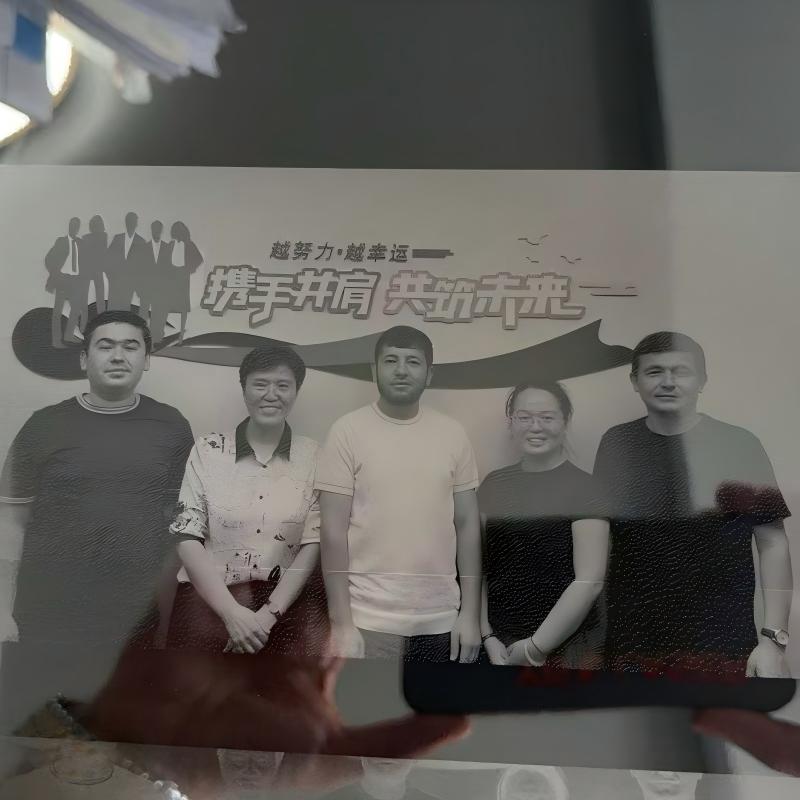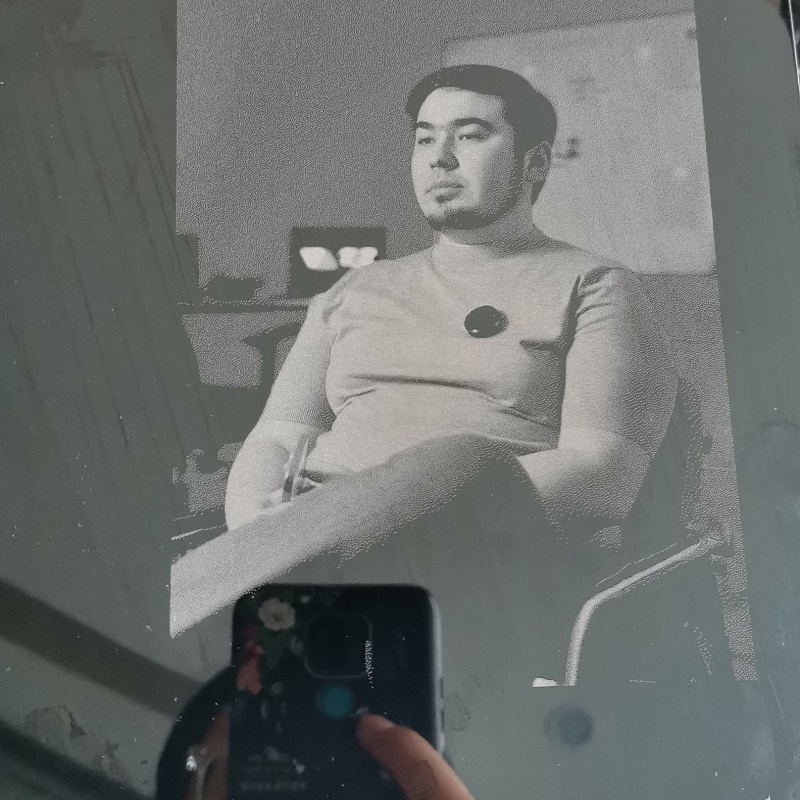In modern industrial manufacturing, the application of laser technology is becoming increasingly widespread. Laser etchers, with their unique processing advantages, have become an indispensable tool for precision machining. This article will provide a detailed introduction to the principles, characteristics, and applications of laser etchers across various industries.
A laser etcher is essentially a device that uses a laser beam to perform fine surface processing on a material. It achieves this by focusing the laser beam to generate extremely high energy density, causing physical or chemical changes on the material surface, thereby achieving the desired etching effect. Compared to traditional mechanical processing, laser etcher offers significant advantages such as non-contact operation, high precision, high speed, and flexibility.

In principle, a laser etcher typically uses a high-power laser as a light source, focusing the laser beam onto the material surface through an optical system. The focused laser beam has an extremely high energy density, sufficient to rapidly melt, evaporate, or chemically react with the material surface, thereby achieving etching. The laser etcher process can be precisely controlled, enabling highly precise processing. For example, in ultra-precision micro- and nanostructure fabrication, laser etchers can achieve minimum line widths down to the sub-nanometer level, a feat unattainable with traditional processing methods.
The advantages of laser etchers lie not only in their high precision but also in their ease of operation and environmental friendliness. Operators simply import CAD or Gerber files, and the machine uses galvanometer deflection and XY-axis movement to create large-scale etching patterns. Furthermore, laser etching is a dry process, requiring no consumables or pollution, and produces clean results, meeting the modern industrial demand for green production. Furthermore, laser etchers offer high processing speeds, significantly improving production efficiency and reducing costs.

Laser etchers have a wide range of applications. In the conductive glass industry, they are primarily used to etch conductive ITO glass circuits, achieving minimum line widths down to the micrometer or even nanometer level, making them particularly well-suited for micro- and nano-laser etching. In the solar photovoltaic sector, laser etchers can be used to etch thin-film circuits on silicon substrates, improving the photoelectric conversion efficiency of solar cells through precise etching. In the consumer electronics sector, laser etcher technology has played an even more important role as electronic products become thinner and more high-performance. For example, in display panel processing, circuit patterns can be etched onto the polyimide (PI) substrate of flexible OLEDs with an accuracy of up to 5μm, while preventing deformation of the film due to high temperatures. In PCB/FPC processing, laser etching machines can precisely cut flexible circuit boards and achieve micron-level drilling.
The demand for laser etching machines in various industries is driving continuous development and innovation. Currently, a variety of laser etching machines are available on the market, including nanosecond, picosecond, and femtosecond laser etchers, each equipped with a different laser and optical device to meet the needs of different application scenarios. For example, for processing materials sensitive to heat, picosecond and femtosecond laser etchers, due to their extremely short pulse widths, can effectively reduce heat diffusion effects, achieving “cold processing” and avoiding thermal damage to the material.
With continuous technological advancements, laser etching machines will develop towards higher precision, higher speed, larger processing formats, and intelligent control. They will play a key role in more fields, driving modern industrial manufacturing to a higher level and providing strong support for innovation and development in various industries.
Laser etching machines have transformed the way industries approach marking, engraving, and customization—offering unparalleled precision, versatility, and efficiency. By leveraging the power of focused light energy, these machines have overcome the limitations of traditional etching methods, enabling applications that were once impossible. From microchips in smartphones to personalized jewelry, laser etching plays a critical role in modern manufacturing and consumer goods.


